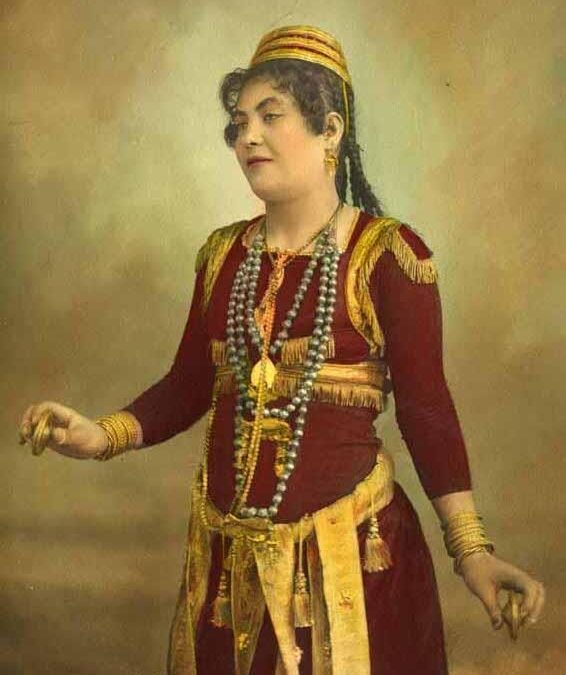Africa, Part 1
Africa comprises the world’s most recently European-occupied countries, a detriment to the careers of indigenous peoples. Other than on the nearly 4,600-year-old Egyptian scrolls and subsequent modern records, there is no written African history previous to that of the conquering Europeans of the late 19th century. The majority of the now liberated territories appear to be in as bad or even worse a state than when the Europeans dominated—again a disadvantage for native people.
According to the 2019 Economist Intelligence Unit (EIU) only one African country ranked in the “Full Democracy” category: Mauritius, an island in the Indian Ocean with a population of less than 1.3 million, which constitutes just .09% of Africa’s populace. It’s debatable whether Arab sailors first discovered this uninhabited island in AD 975, but it’s confirmed that Portuguese sailors discovered it in 1507, though most didn’t remain there.
In 1598 the Dutch possessed Mauritius, and by 1639 their East India Company had developed tobacco and sugar plantations—the manual labor supplied by slaves from Mozambique on the eastern part of mainland Africa and from Africa’s eastern island, Madagascar. In 1710, however, most of the Dutch abandoned their various short-lived settlements. Within five years, the French controlled Mauritius, and remained until 1810 when the British seized the island and took charge of the plantations from which the Portuguese, Dutch, and French had fled—leaving their African slaves behind.
When slavery was abolished on Mauritius in 1835, those who left the plantations were replaced by indentured servants brought from India. In 1968 Mauritius gained its independence, and is now a popular tourist destination.
Because its population was sparse before the plantations were developed, Mauritius’s main musical history actually originated in India and Africa. We refer to today’s nearly 70 percent Indian offspring as Indo-Mauritians, and to the nearly 30 percent offspring of the Africans (many of whom are also of French and Indian ancestry) as Mauritian Creoles.
The Indians brought the sitar (a plucked string instrument) and the tabla (a set of twin hand drums). Most of India’s entertainment was performed by men, but women were known to excel at playing both the sitar and the tabla. They also danced, sometimes with brass cymbals, such as when they portrayed the Indian goddesses.
The African slaves brought Sega music, which consisted of a triangle and a ravanne—a tambourine-like instrument made from goatskin. Accompanied by the music, they sang protests against the injustices of Mauritian society. To date there is no information regarding which sexes primarily played the instruments.
Alas, there’s no written record of famous Mauritian performers before the 20th century. Even more disappointing, there are no known African female entertainers who were born before 1800. If there were exemplary women who then performed, their names haven’t surfaced. The aggregate of women in precolonial times were, however, respected as singers, dancers, and instrumentalists.
In the land of Cleopatra, the empress who took acting lessons from a prostitute in order to seduce Julius Caesar, we know of several interesting female performers born before 1900. They were called almeh, which before the 19th century meant to be learned. They were educated to sing, recite classical poetry, and to be good conversationalists. The almeh sang from behind a screen or from a separate room at weddings and other respectable festivities, and were hired as mourners at funerals. By the early 19th century, the term “almeh” signified all the erotic local dancers with poor backgrounds, some of whom dabbled in prostitution. In 1834, King Mohamed Ali banned them. Afterward, the almeh became awalim, an official Egyptian job classification that included belly dancers and singers.
By the late 19th century, Shooq was considered the first “honorable” belly dancer of Egypt. When the Suez Canal was opened in 1869, the viceroy had her dance among the guests, one of whom was the Empress Eugenie of France. In 1871, when Shooq was invited to dance at a wedding, she was impressed with the young Shafiqa’s dancing and became her mentor.
Shafiqa Al-Qibtiyan was born in 1851 in Shruba, the district of Cairo with the largest concentration of Christians. Her Christian parents disapproved of dancing as a profession and forbade Shafiqa to fraternize with Shooq. The two dancers, however, met surreptitiously when the parents mistakenly believed that their daughter was at prayer in the Coptic church. After two years of lessons, Shafiqa danced well enough to support herself. She then disappeared for six months. After she was discovered, and the arguments of her parents and a priest failed to bring her home, Shafiqa was shamed and disowned.
Shooq died six months later, after which Shafiqa became Egypt’s foremost belly dancer, and soon surpassed Shooq’s fame with her new innovation: With her back bent, she placed a small table with four sherbet juice glasses on her belly and a lighted candelabrum on her head, after which she jingled her finger cymbals musically. When gold coins were thrown at Shafiqa’s feet, three attendants collected them for her. Famous for her beauty and her abilities, she attracted a bounty of admirers inside and beyond Egypt.
To Be Continued

